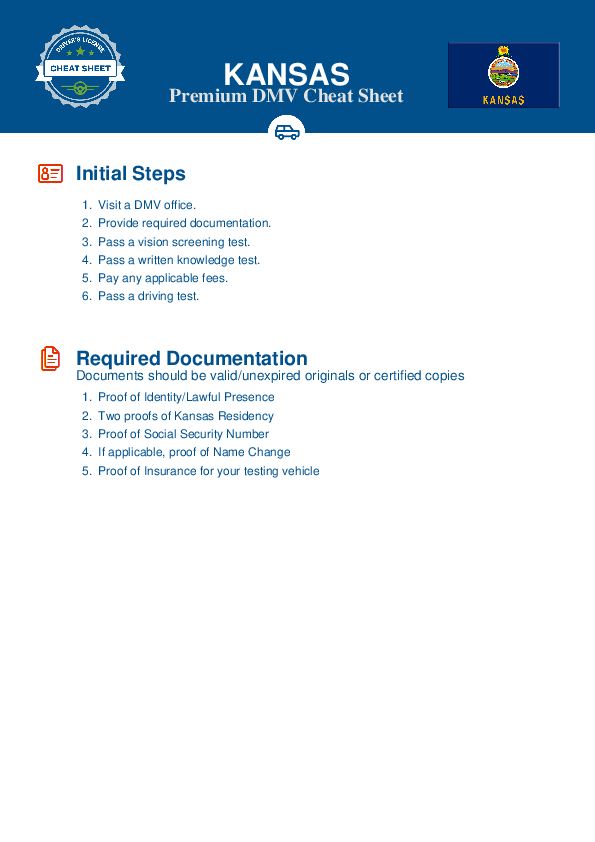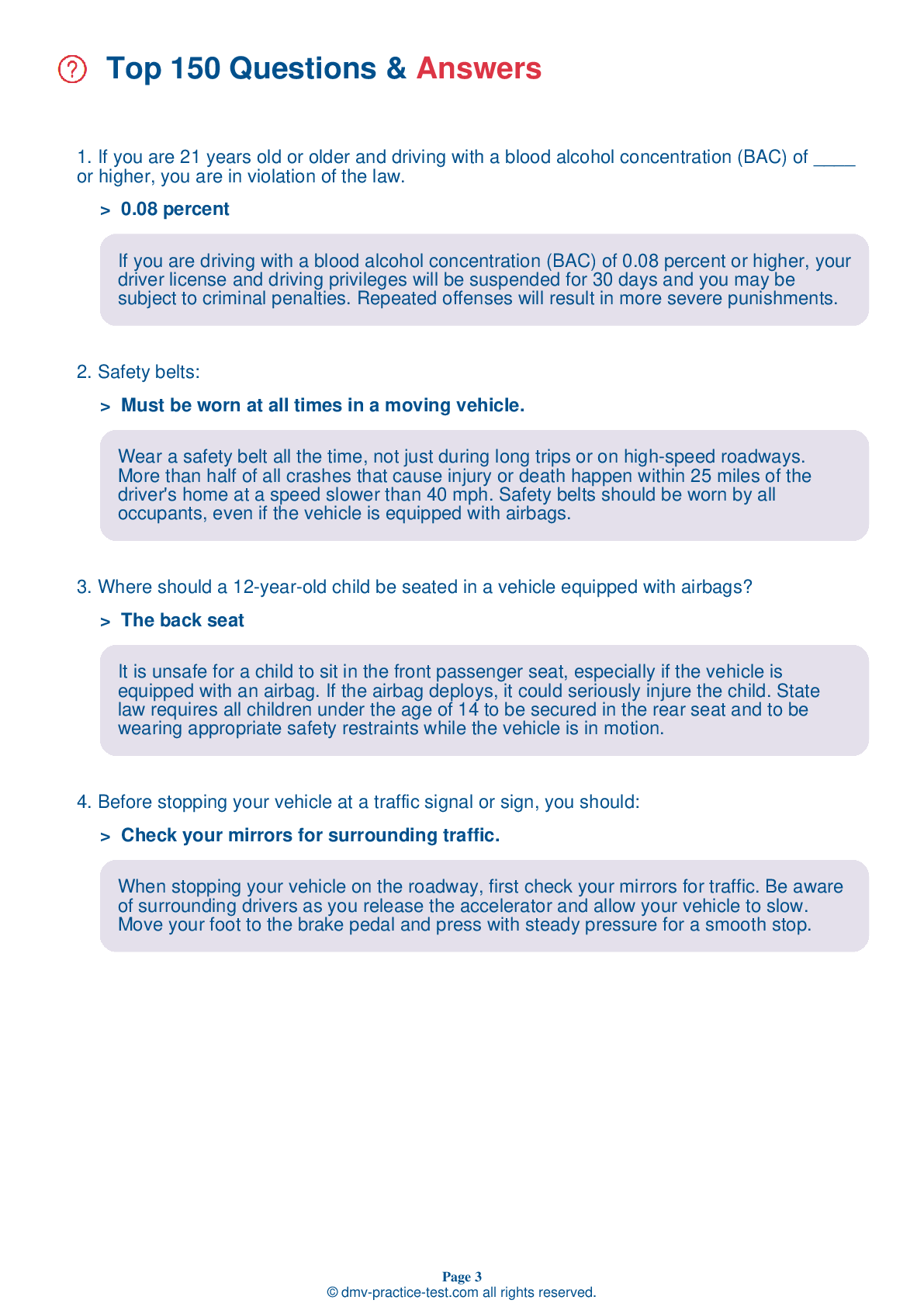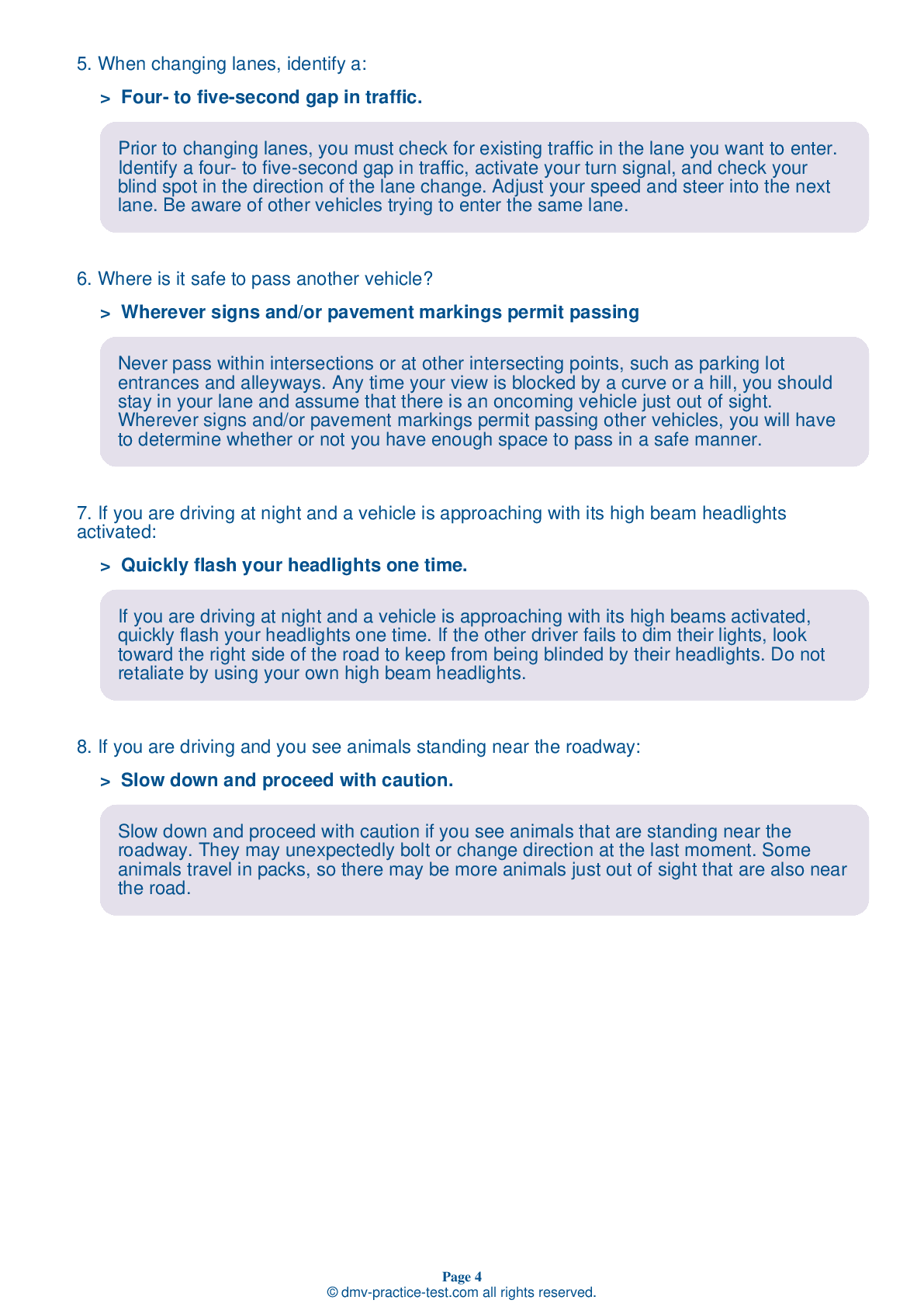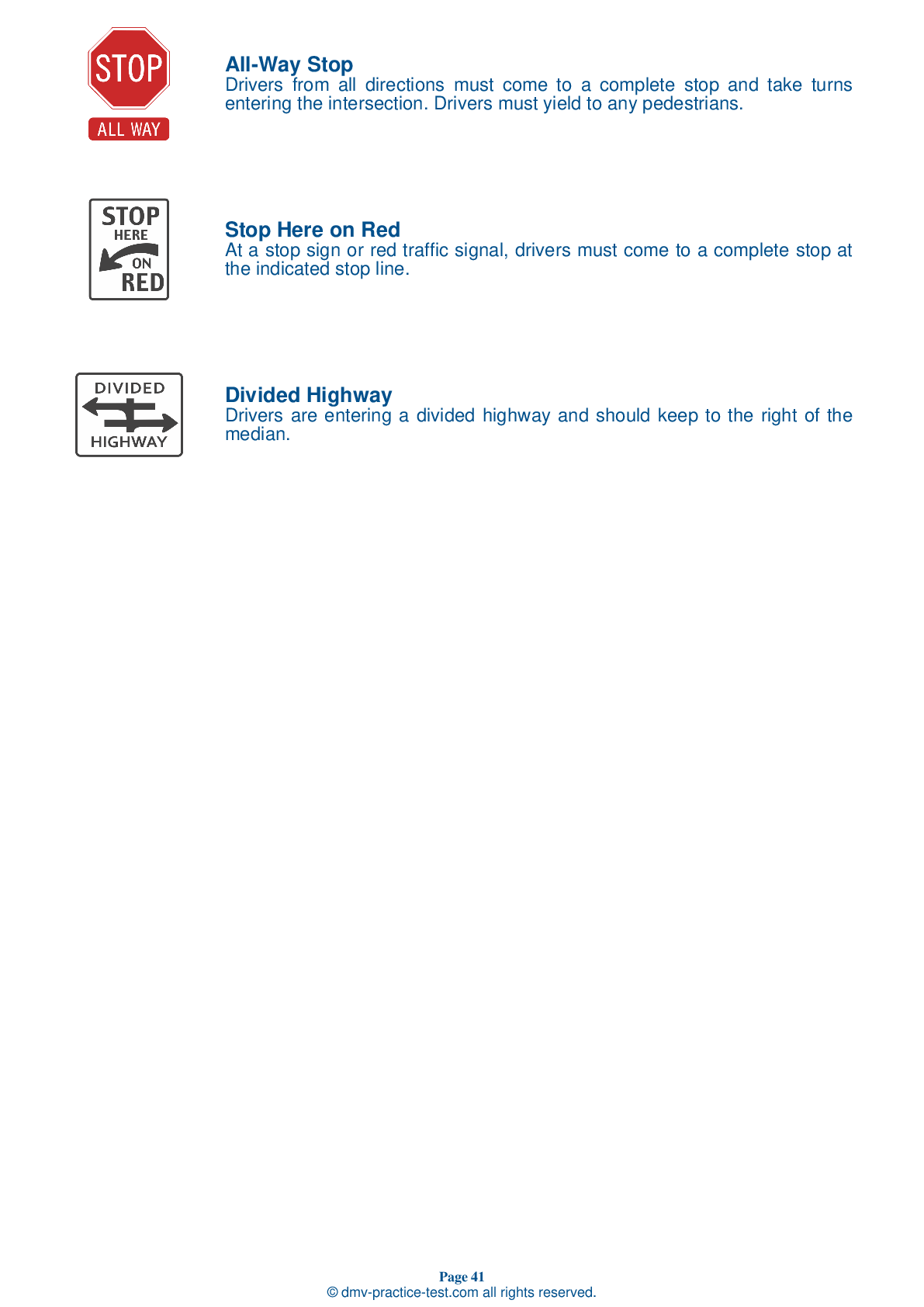FREE Kansas DMV Practice Test #20
In Kansas, the DMV practise tests have been revised for January 2025. It includes questions based on the Kansas Driver Handbook's most essential traffic signals and regulations for 2025. Use actual questions that are very similar (often identical!) to the DMV driving permit test and driver's licence exam to study for the DMV driving permit test and driver's licence exam.
On the practise exam, each question gets a tip and explanation to help you remember the concepts. The written component of the official Kansas DMV test will include questions about traffic rules, traffic signs, and driving statutes, as well as information from the Driver Handbook.
To obtain a passing grade, you must correctly answer 20 of the 25 questions. Take our DMV practise exam to help you prepare for your Kansas instruction permit or driver's licence.
The DMV exam is available in several languages.
Using any kind of testing assistance will result in an automatic fail, and the DMV may take additional action against your driver's licence, so stay away from it.
1 . You can help keep the driver behind you a safe distance away from your vehicle by:
It is not always easy to maintain a safe distance behind your vehicle. However, you can help keep the driver behind you a safe distance away from your vehicle by maintaining a steady speed and signaling turns, lane changes, and deceleration in advance.
2 . At intersections, crosswalks, and railroad crossings, you should always:
Any time you come to a place where people may cross or enter your path, or where one line of traffic meets another, you should look to the left and right sides of your vehicle to make sure no one is coming.
3 . If you are continually being passed on the right and the left while driving in the center lane of an expressway, you should:
If a road has four or more lanes with two-way traffic, drive in the right lanes unless you are passing or turning left. If you are on an interstate highway and are driving below the speed of the flow of traffic, use the right lane.
4 . When entering traffic after being parked at a curb, you:
Any time that you merge into city or highway traffic, you should wait for a gap in traffic large enough for your vehicle to get up to the speed of other traffic.
5 . Double solid yellow lane markings mean that:
Yellow lane markings indicate a separation of lanes where traffic is traveling in opposite directions. When you see double solid yellow lane markings, passing is prohibited from both directions.
6 . You are entering a freeway. Check traffic on the freeway by:
When entering any roadway, you must be aware of traffic conditions. Use your side mirror and look over your shoulder to help you see and anticipate traffic when entering a freeway.
7 . This road sign means:
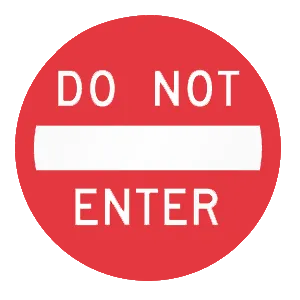
This sign marks a one-way road, entrance, or exit. If you are facing this sign, traffic is coming toward you. Turn around if you are driving toward this sign.
8 . An instructional permit allows you to:
Holding an instructional permit allows you to drive only when a licensed adult is accompanying you in the front seat. The licensed adult must be at least 21 years old and have at least one year of driving experience.
See the exact questions that will be on the 2025 Kansas DMV exam.
99.2% of people who use the cheat sheet pass the FIRST TIME
LT gives us an insight on how the cheat sheet provided her with all the study questions she needed before taking her test.
Joe initially studied with the handbook and failed his test, he eventually found us online, studied and pass his test the first time around.
